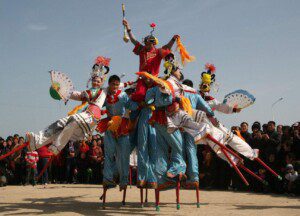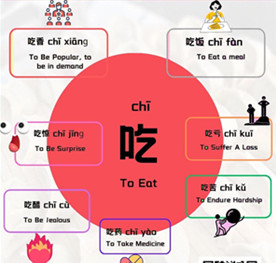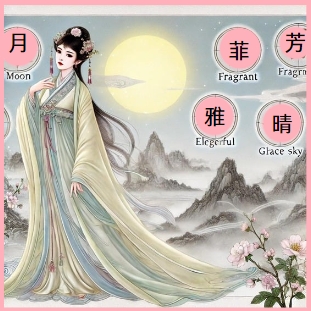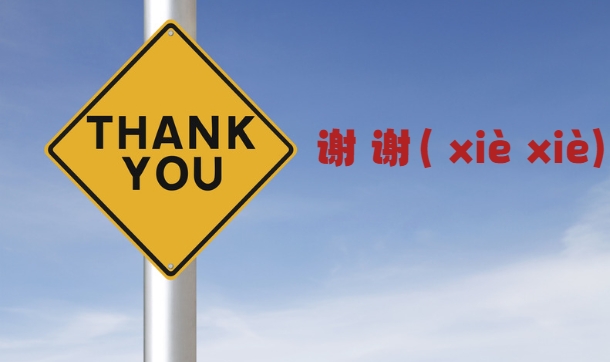Lantern Festival in China

The Lantern Festival of 2024 falls on February 24. There is no holiday for this festival. The Lantern Festival is the most recreational among all the Chinese festivals and a day for appreciating the bright full moon, and family reunion.
When Did the Lantern Festival Begin?
In the Eastern Han Dynasty (25–220), Emperor Hanmingdi was an advocate of Buddhism. He heard that some monks lit lanterns in the temples to show respect to Buddha on the fifteenth day of the first lunar month. He ordered that all the temples, households, and royal palaces should light lanterns on that evening. This Buddhist custom gradually became a grand festival among the people.
Customs and Activities
With a history of over 2,000 years, various traditional customs and activities are held during Lantern Festival that appeal to people of different ages, including watching lanterns and fireworks, guessing lantern riddles, performing folk dances, and eating yuanxiao
-
Watching Lanterns
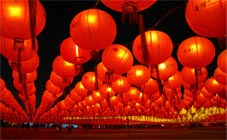
-
Guessing Lantern Riddles
Beginning from the Song Dynasty (960 – 1279), guessing riddles is one of the most important and popular activities of the Lantern Festival. People write all kinds of riddles on pieces of paper, and paste them on colorful lanterns to let visitors guess. If one has an answer to a riddle, he can pull the paper to let organizers verify the answer. Gifts are presented to the people who get the right answers.
-
Folk Dances: Lion Dance, and Walking on Stilts
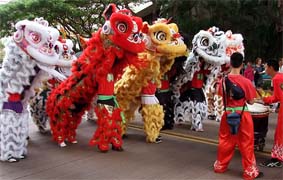
Walking on stilts is another popular traditional performance for the Lantern Festival, especially in Northern China. According to the archives, our Chinese ancestors began using stilts to help them gather fruits from trees. This practical use of stilts gradually developed into a kind of folk dance.
-
Eating Tangyuan ( 元宵 yuánxiāo )
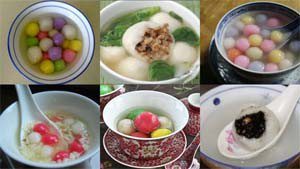
The methods for making Yuanxiao differ by region and fillings include sugar, rose petals, sesame, sweetened bean paste, and jujube paste. Some do not have fillings. Because tangyuan can be boiled, fried or steamed, and each has a unique taste, it is very popular.
Yuanxiao is round in shape so it is endowed with the meaning of reunion, harmony and happiness. During the night of the festival, family members sit together to taste yuanxiao and appreciate the full moon.
Happy Lantern Festival! 元宵节快乐! Yuánxiāojié kuàilè!



